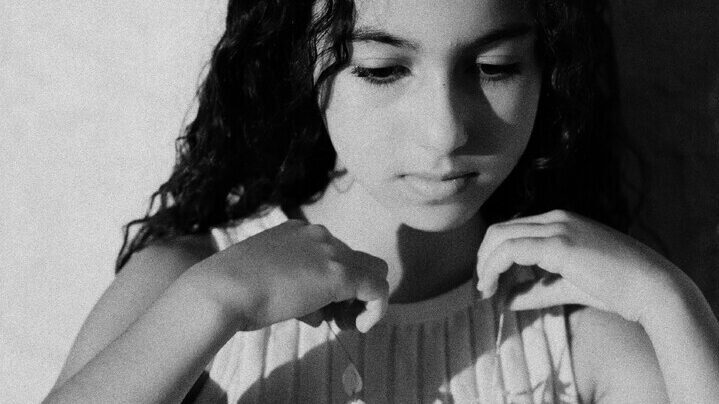Where Does The Line Go?
A tool of measurement, partition, and reorganisation, the border is the product of a colonial episteme. In its arbitrary porosity, the border has historically legitimised the seizure of land, the resettlement of populations, and the transfer of resources in an asymmetric network of power. What if we separated the border from the territory and inspected it as its own unique thing? What we end up with, then, is the line. Separated from its ascribed political weight, the line triggers new architectures of thought in the way it divides or restructures space. Could the line be bent, folded, or confused into a knot? Could it travel across geo-temporal coordinates? Could it contract, distend, or snap on provocation? Does the line only travel in one direction?
The programme ‘Documentary: Marching forward, looking back’ hosts a series of meditative reflections on memory and its entanglements with colonialism, urbanisation, loss, and identity. On perusal, one could see the line manifesting in different forms across these reflections. The line manifests in the vertical alignment of a house and the horizontality of its erasure under colonial occupation. The point of perpendicularity is thus a precarious form of habitation, and it becomes the kernel of Annie Sakab’s account of grief and longing in غنينا قصيدة (The Poem We Sang). The line also manifests in the wooden bridge that her ancestors in Palestine crossed in oblivion of the finality of their passage. It exists in the linearity of the words that populate the tender letters Sakab addresses to her uncle. The line perpetuates as a string of memories—tactile and transient alike.
The line becomes an archaeological trace in Clara Jost’s Felicidade numa panela (Happiness in a pot), materialising in the order of instructions for revival recipes. The line travels through the peculiar twang of a pot beyond the present moment and into the deep past. The line folds unto itself as each act in the present becomes an unwitting composite of past gestures; it manifests in this historical thickening around heritage. More literally, the line manifests in the thread and needle unit of Claudia Munksgaard-Palmqvist’s archival exercise around home movies. Here, the line is articulated in the cinematic cut on the editing table, and in the sutures that bind the images in meaning.
In Why Do Ants Go Back To Their Nest?, Alex Lo creates a line himself in the form of a subterranean transit path between Toronto and Hong Kong. Irreverent to colonial cartography, this line is a hole below the earth, connecting the unfamiliar and the no-longer-familiar in a speculative access to ‘home’. Arwa Aburawa and Turab Shah’s And still, it remains traces French persistence in the Sahara, recalling a lush past lost to nuclear bombings. In 2021, radioactive sand from the desert was reported to have been blowing into France; the wind knows no border. The line manifested in the horizon, its role as witness crucial to elemental resistance against colonial toxicity.
The colonial technology of territorial definition collapses against the meanderings of the line. The line is situated among a network of relations, in cultural memory around food, customs, songs, and above and beyond the rigidity of the grids that shield the map. Separated from its onus as a border, the line exceeds the colonial imperative of control. It recognises space beyond the perimeters of the nation-state, and in the unquantifiable archives of touch, smell, light, and sound. In this programme, the authors look at their past and future as a person, a people, and as communities bound by shared experiences of pain and yearning. Lines permeate paper, air, and skin—as enduring palimpsests of lived histories.
Najrin Islam is a London-based writer, curator & programmer who is drawn to found footage cinema and archival revisions. She has published with e-flux Criticism, ArtReview, ASAP Connect, and other platforms. Her curatorial projects have been presented at various venues in the city, including the ICA, MayDay Rooms, and Atlas Cinema. @notnajjrin
